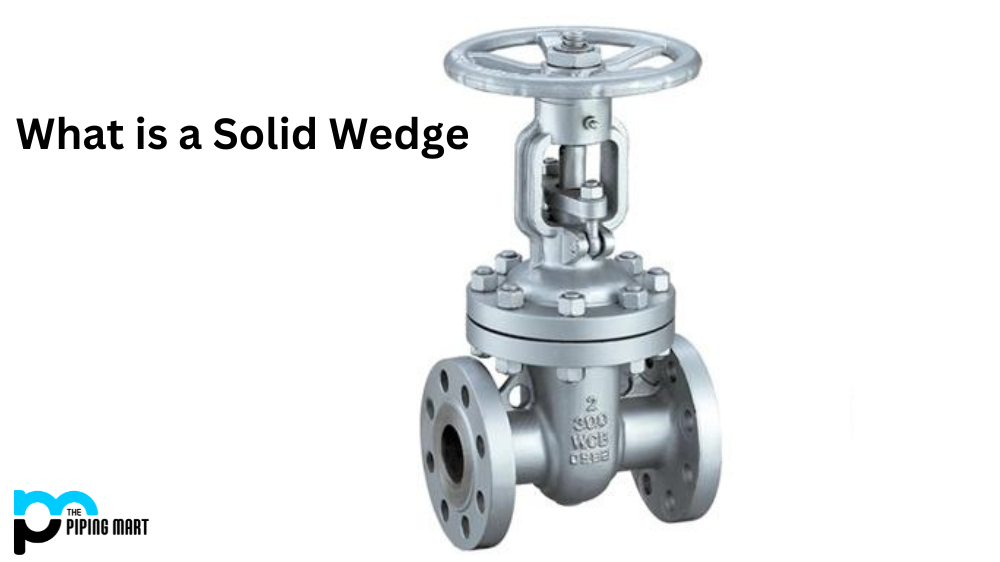Hydrostatic or Hydro Test is a method that is used to test leaks and strength of various components. Different components such as gas cylinders, boilers, piping systems, and pressure vessels can be tested by applying this type of test process. Hydro test is beneficial than other tests because it is essential after closures and repairs to ensure that equipment can be work well under all the working conditions after returning to service. This testing cannot be done during procedures or operations and cannot ensure leaks of equipment after completing the test process. A hydrostatic test is a type of non-destructive testing method. If the specified test pressure increases or any small crack occurs rapidly, then equipment can be failed. This test method is widely used to test essential parameters, but it should be done with proper care
About Hydrostatic test:
A hydrostatic test is a type of pressure test which can be done by filling the component with water, eliminating the air confined in the unit, and 1.5 times pressurizing the system than the designed pressure limit of that unit. This pressure is continued for a specific duration of time to examine the leaks in the system visually. The visual inspection can be made precise by implementing tracer or fluorescent dyes to the fluid to check the cracks or leaks.
Methods of Hydrostatic test
There are three typical methods of hydrostatic testing, which are widely used to examine cylinders and pressure vessels and cylinders. Common methods are:
1. Water Jacket Method
As the name indicated, this method is performed with the help of water. The vessel is filled with water and loaded into a sealed chamber, which is also called as test jacket. This test jacket is also filled with water. For a specific duration of time, the vessel is pressurized inside the test jacket or sealed chamber. The pressure expands the vessel within the test jacket, which forces the water to come out into a glass tube. This helps to calculate the total expansion. Once the complete escalation is noted, the vessel is depressurized and shrinks to its estimated exclusive size.
Once the vessel reduces, water flows back into the sealed chamber. Sometimes, this vessel cannot return to its original size, which is called as a permanent expansion. The exact difference between permanent expansion and total expansion helps to ensure that whether the vessel is fit or not for service.
2. Direct Expansion Method
The direct expansion method includes different stages like fill a vessel or cylinder with a quantified amount of water, pressurizing the system, and then calculating the amount of water that is expelled after releasing the pressure. By measuring the amount of water that is filled into the vessel, the test pressure during the pressurizing process, and the amount of water that is expelled from the vessel, the total expansion as well as the permanent expansion can be determined.
3. Proof Pressure Method
The proof pressure test ensures the leaks and weaknesses like wall thinning of the vessels by applying internal pressure. This test method is easier as compared to other methods and also can be performed in minimum time. It also determines the errors by recording total expansion values and permanent expansion values.
All these methods are used in the Hydrostatic test, but if any equipment is not able to handle the load of pressure or water. Then pneumatic testing can be applied by filling the vessels with gases like nitrogen or air. But this type of testing needs special cautions than Hydrostatic testing.

Pipingmart is B2B portal specializes in industrial, metal and piping products. Also, share latest information and news related to products, materials and different types grades to help business dealing in this industry.



